Your Cart is Empty
SHOP KNIVES

Kitchen Essentials - What is a Paring Knife Used For?
March 05, 2024 6 min read
Tools play a pivotal role in crafting the perfect dish in every kitchen, with the paring knife standing out for its versatility and precision. But what is a paring knife used for? This compact yet mighty blade is a culinary powerhouse, ideal for tasks that require a keen eye and a steady hand.
From peeling fruits and vegetables to intricately slicing or dicing, the paring knife's agility makes it an indispensable tool in the kitchen. Join us as we delve into how this essential kitchen gadget can elevate your cooking skills.
What is a Paring Knife?
A paring knife is a small, versatile kitchen knife with a short blade typically ranging from 2.5 to 4 inches in length. It is designed for tasks that require precision and control, such as peeling, slicing, and trimming fruits and vegetables.
Elaborating further, the question of what a paring knife is used for in the kitchen touches on its fundamental role in culinary preparation. Its compact size and sharp edge make it perfect for handling detailed work that larger knives might struggle with. Whether peeling an apple, deveining shrimp, or creating intricate garnishes, the paring knife's precision ensures minimal waste and maximum control.
This essential tool is not just about cutting; it's about enabling chefs and home cooks alike to apply finesse in their cooking, making it a staple in kitchens worldwide.
Why is a Paring Knife Used in the Kitchen?
A paring knife is essential in the kitchen due to its unparalleled precision and versatility in handling small, intricate tasks that other knives can't manage as efficiently. It's the go-to tool for detail-oriented work, ensuring accuracy and finesse.
- Precision Cutting: Its small size allows for meticulous control over detailed cuts, perfect for intricate designs in fruits and vegetables.
- Peeling and Trimming: Ideal for peeling skins off fruits and vegetables smoothly, as well as trimming away unwanted parts with ease.
- Deveining Shrimp: The sharp, nimble blade is perfect for making precise incisions to remove the vein from the shrimp.
- Hulling Strawberries: Easily remove the stems and hulls of strawberries without wasting any fruit.
- Garnishing: Enables the creation of elaborate garnishes that enhance the presentation of dishes.
- Versatility: Despite its size, it can handle a wide range of tasks, from slicing cheese to segmenting citrus
Are there any Types of Paring Knives?
Yes, there are several types of paring knives, each designed for specific tasks in the kitchen, enhancing their versatility and precision.
- Classic Paring Knife: Features a short, straight blade ideal for peeling and slicing small fruits and vegetables.
- Bird's Beak Paring Knife (Tourné Knife): Has a curved blade resembling a bird's beak, perfect for making decorative cuts and peeling rounded fruits.
- Sheep's Foot Paring Knife: A straight edge and round tip offer precise control for julienning vegetables and slicing.
- Serrated Paring Knife: Features a serrated edge, making it excellent for cutting through tough skins of tomatoes or soft bread without crushing.
What is a Paring Knife used for in Peeling?
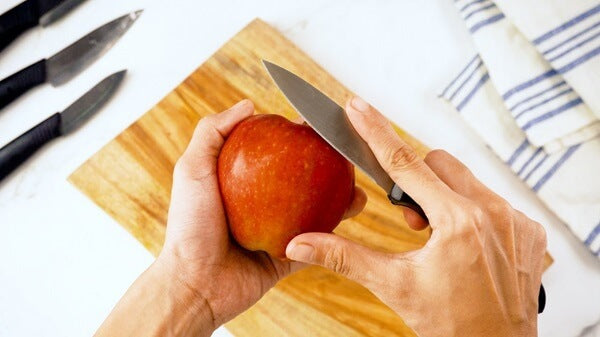
Hold the fruit or vegetable in one hand and the paring knife in the other, using gentle pressure to make thin cuts, removing the skin without taking off too much of the flesh. Its small size allows for easy maneuverability around curves and delicate areas.
What Makes a Paring Knife Ideal for Slicing and Dicing?
The paring knife's sharp, precise blade makes it perfect for slicing and dicing small ingredients. Its compact size offers excellent control, allowing for thin, uniform slices and finely chopped pieces, essential for delicate preparations and garnishes.
What are the Techniques for Hulling Strawberries with a Paring Knife?
Hulling strawberries with a paring knife is a simple yet effective way to prepare them for eating or cooking, maximizing the fruit while minimizing waste. The technique involves precise cuts to remove the stem and core.
- Rinse the Strawberries: Wash the strawberries and pat them dry.
- Remove the Stem: Hold a strawberry and the paring knife in one hand.
- Insert the Knife: Gently insert the tip of the knife at a slight angle near the stem of the strawberry.
- Twist and Cut: Twist the knife in a circular motion around the stem, angling towards the center of the strawberry to cut out the core.
- Remove the Hull: Lift and remove the hull (the green leafy top and white core) from the strawberry.
- Repeat: Continue with the remaining strawberries.
How Do You Use a Paring Knife for Deveining Shrimp?
Using a paring knife to devein shrimp is an efficient and precise method to prepare them for cooking, ensuring they are clean and appetizing. The small, sharp blade is perfect for the delicate task of removing the vein.
- Prepare the Shrimp: Rinse them under cold water and pat them dry.
- Make the Incision: Hold the shrimp in one hand, and with the other, use the paring knife to make a shallow slit along the back of the shrimp, from the head end to the tail.
- Expose the Vein: Gently open the slit with the knife or your fingers to locate the dark vein running along the shrimp's back.
- Remove the Vein: Use the tip of the knife to lift out the vein. If the vein breaks, gently pull it out in pieces.
- Rinse the Shrimp: Once the vein is removed, rinse the shrimp under cold water to clean any remaining residue.
- Repeat: Continue with the rest of the shrimp, ensuring each is adequately deveined.
How Can a Paring Knife Enhance Garnishing Techniques?
A paring knife can significantly enhance garnishing techniques due to its precision, control, and versatility, making it an indispensable tool for creating visually appealing and intricate garnishes.
Here's how:
- Precision Cuts: The small, sharp blade allows for precise cuts, essential for delicate garnishes like lemon twists or tomato roses, ensuring each garnish is perfectly shaped and sized.
- Intricate Designs: Its maneuverability enables the creation of intricate designs, such as detailed vegetable carvings or decorative fruit segments, that would be difficult to achieve with a larger knife.
- Peeling and Shaping: The paring knife excels at peeling fruits and vegetables with minimal waste, creating thin, uniform strips that can be used for garnishes. It can also shape vegetables and fruits into decorative figures or curls.
- Control and Accuracy: The handle and blade size provide excellent control and accuracy, crucial for tasks requiring fine motor skills, such as removing the zest from citrus fruits without the bitter pith or segmenting fruits with precision.
- Versatility: Whether creating notches in cucumber slices, scoring patterns on mushroom caps, or making fan-shaped garnishes from apples or pears, the paring knife's versatility opens up a wide range of possibilities for enhancing the visual appeal of dishes.
What Safety Tips Should You Follow When Using a Paring Knife?
Safety is paramount when handling a paring knife to prevent accidents and ensure a smooth cooking process.
- Keep the Blade Sharp: A sharp knife is safer than a dull one, requiring less cutting force.
- Use a Cutting Board: Always cut on a stable surface to prevent the knife from slipping.
- Cut Away from Your Body: Move the blade away to reduce injury risk.
- Keep Fingers Tucked In: Use the "claw grip" to hold food, keeping your fingers away from the blade.
- Pay Attention: Focus on your cutting task to avoid distractions and potential mishaps.
- Store Properly: When not used, store the knife in a knife block or protective sheath to prevent accidental cuts.
How Do You Care for and Maintain Your Paring Knife?
Proper care and maintenance extend the life of your paring knife, ensuring it remains effective and safe to use.
- Hand Wash: Clean your knife with soap and water instead of using a dishwasher to preserve its edge.
- Dry Immediately: Dry your knife thoroughly after washing to prevent rust and corrosion.
- Regular Sharpening: Use a honing rod regularly and a sharpening stone as needed to keep the blade sharp.
- Store Safely: Use a knife block, magnetic strip, or protective sheath to prevent damage to the blade.
- Avoid Hard Surfaces: Cutting on hard surfaces like glass or metal can dull the knife quickly. Use a wood or plastic cutting board instead.
Tips for Choosing the Right Paring Knife
Selecting the right paring knife depends on your specific needs and preferences, impacting the efficiency and enjoyment of your culinary tasks.
- Consider the Blade Material: High-carbon stainless steel is popular for its durability and rust resistance.
- Choose the Right Size: A 3- to 4-inch blade is versatile and suitable for most tasks.
- Handle Comfort: Ensure the handle feels comfortable and secure, offering control and reducing fatigue.
- Type of Blade: Decide between a straight-edge, serrated, or bird's beak knife based on the tasks you perform most frequently.
- Budget: Invest in the best quality you can afford, as a good paring knife can last a lifetime with proper care.
Conclusion
In conclusion, understanding the versatility, safety, maintenance, and selection of a paring knife can elevate your culinary skills and kitchen safety. By mastering its use for peeling, slicing, garnishing, and more, and following proper care guidelines, this essential tool will enhance your cooking precision, efficiency, and enjoyment for years to come.
Related Articles
- Selecting the Ideal Kitchen Knife Set
- When Must a Knife Be Cleaned and Sanitized?
- 5 Best Ways to Sharpen a Knife Razor Sharp
Subscribe
Sign up to get the latest on sales, new releases and more …

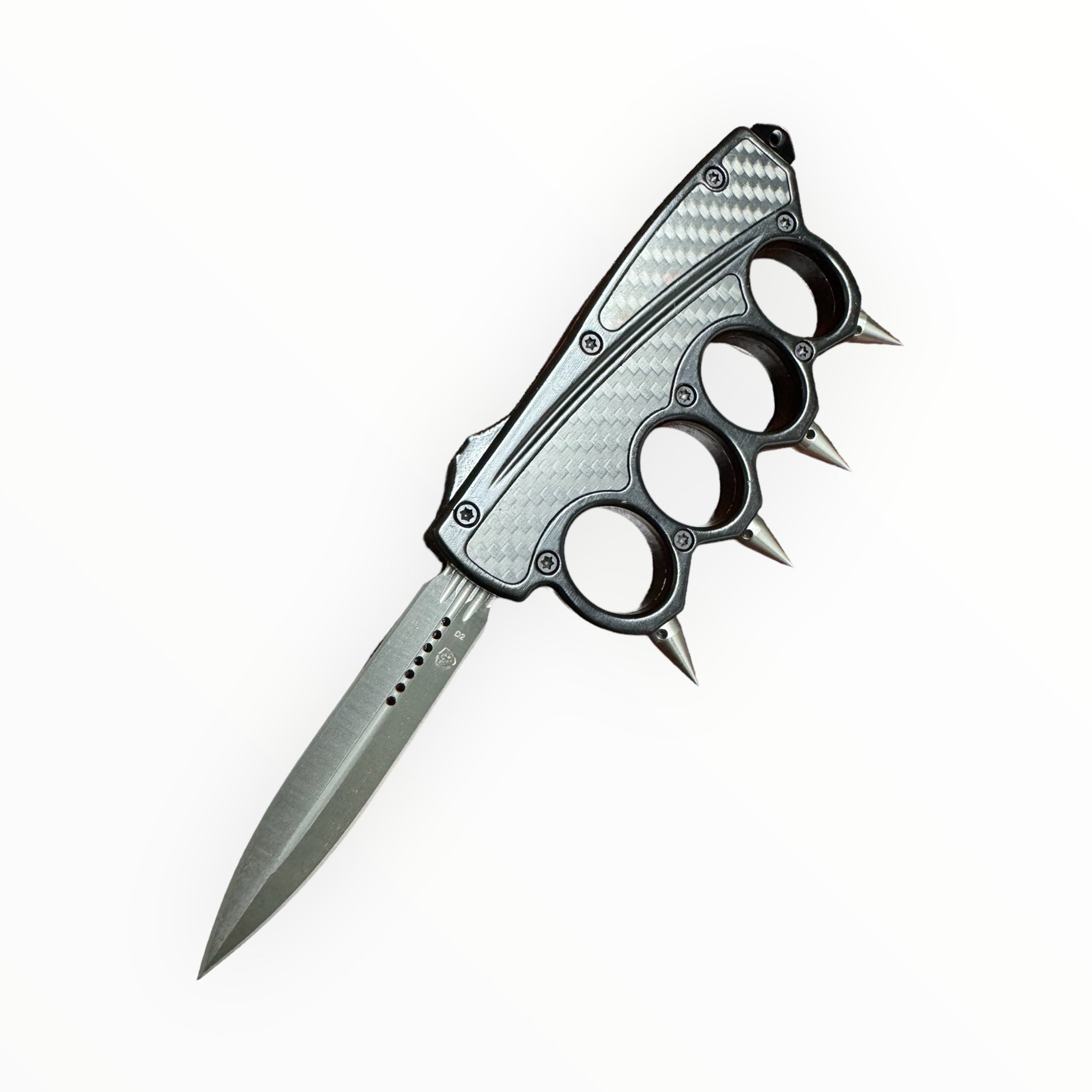 B/Knuckles
B/Knuckles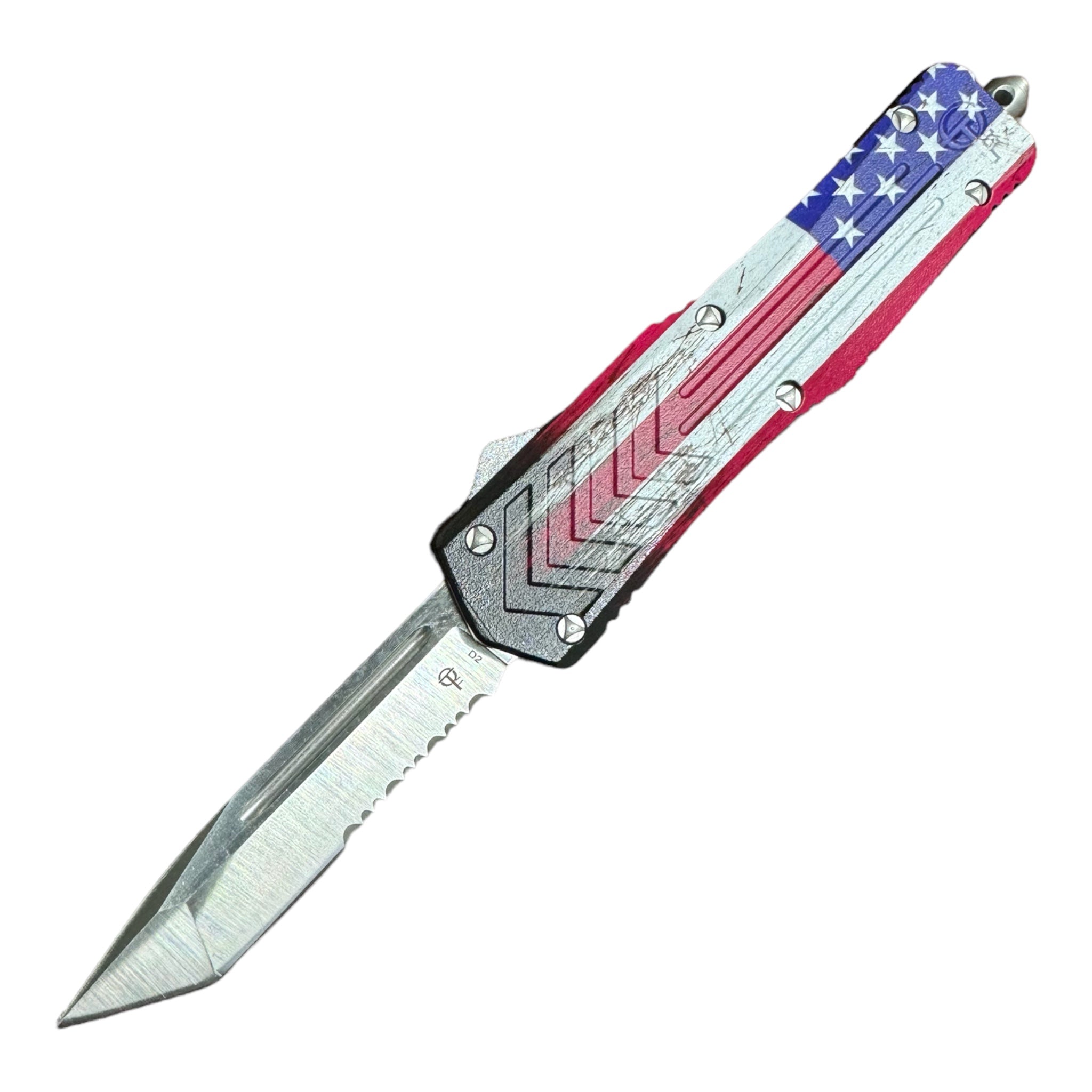 Custom Ranger
Custom Ranger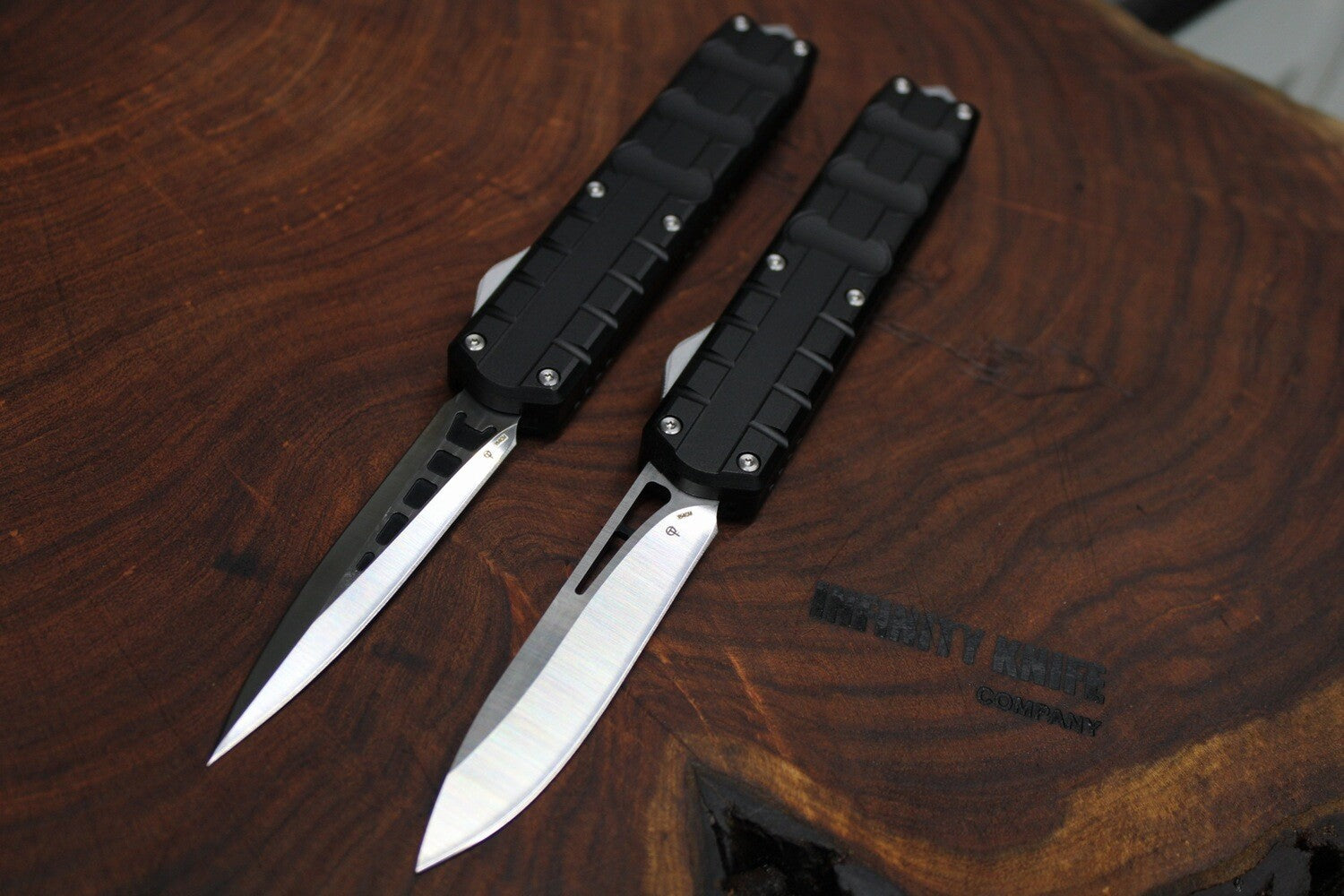 DESERT STORM
DESERT STORM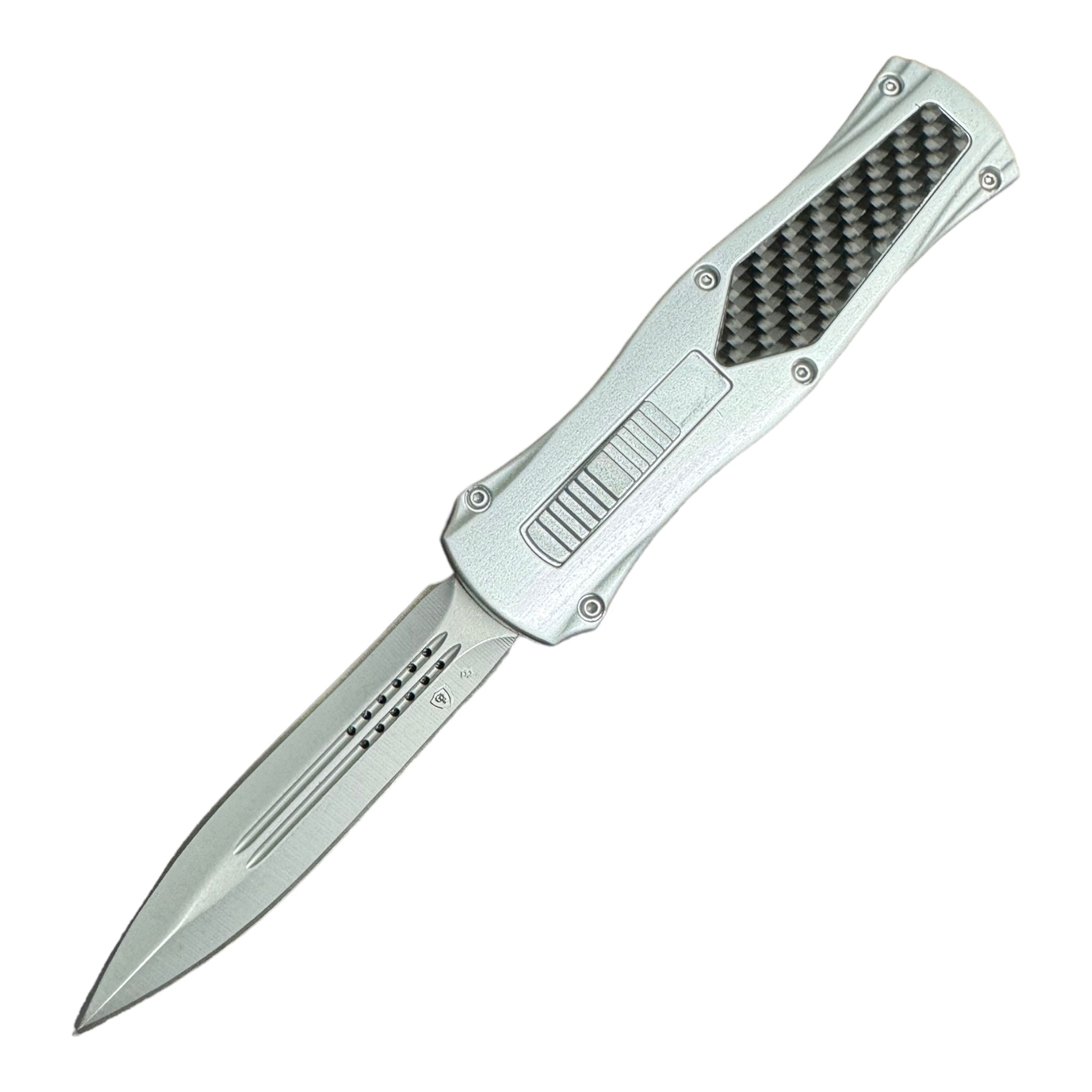 EXCALIBUR
EXCALIBUR First Responders
First Responders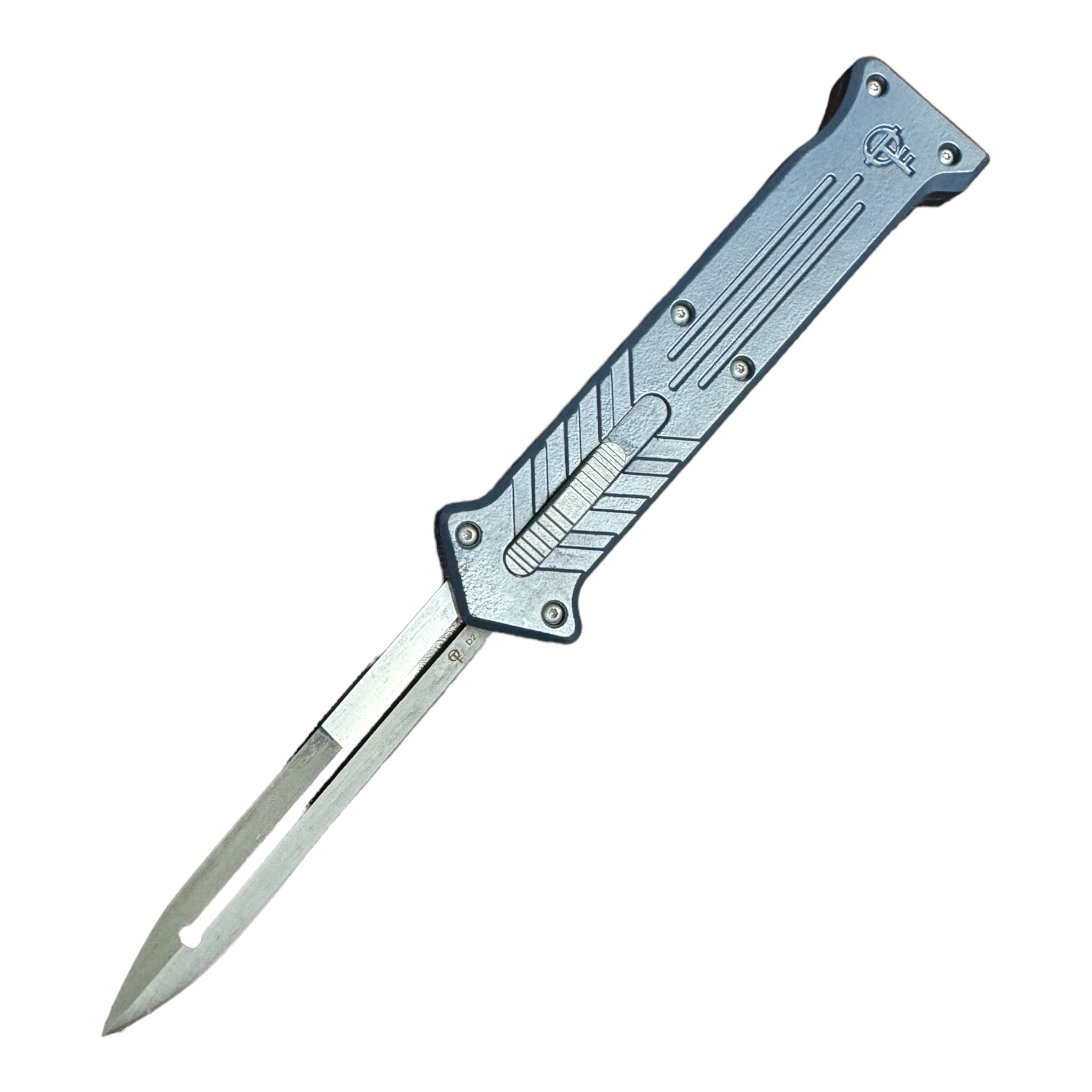 THE JOKER
THE JOKER CLASSIC
CLASSIC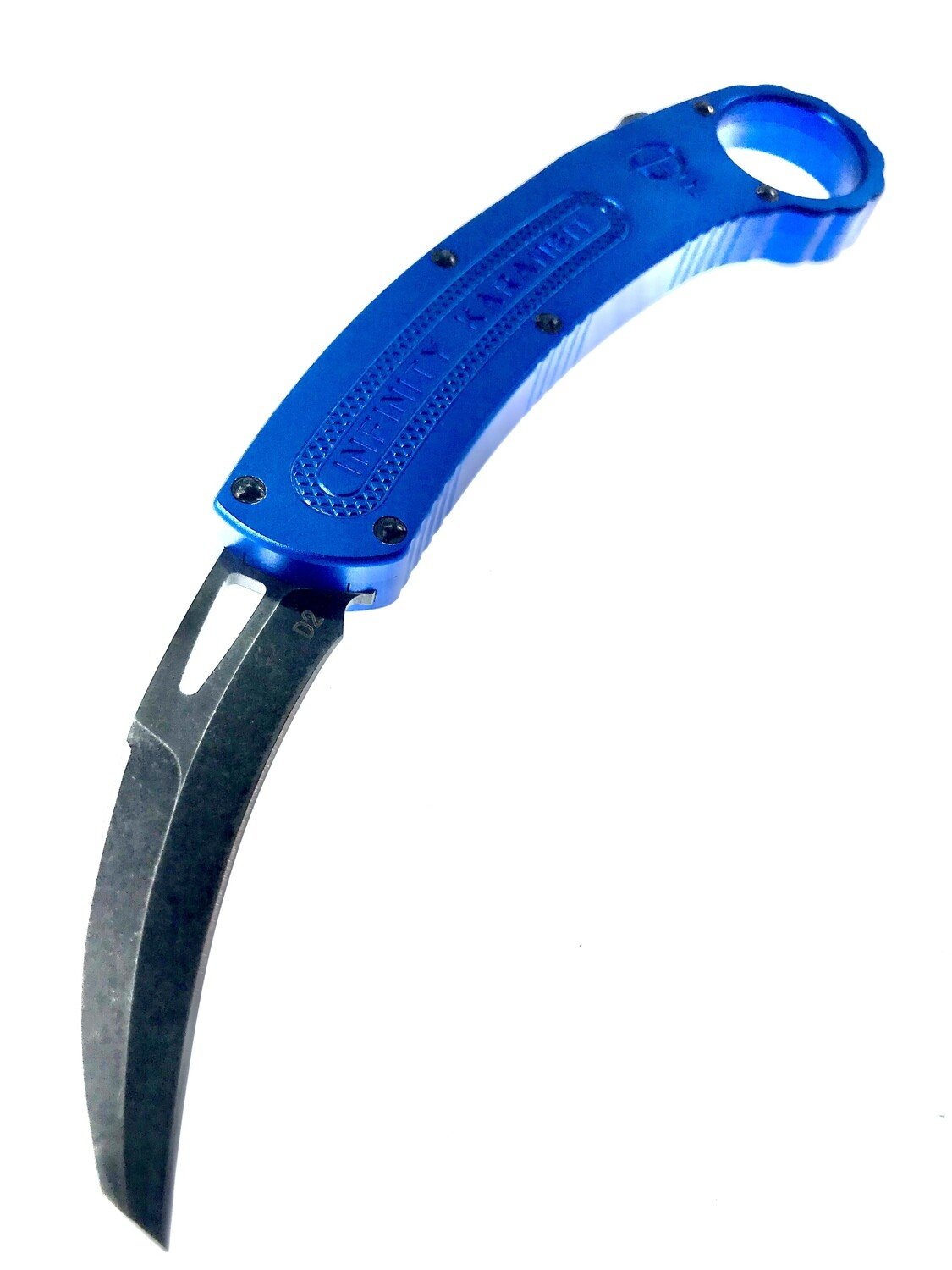 KARAMBIT
KARAMBIT HEXIGON
HEXIGON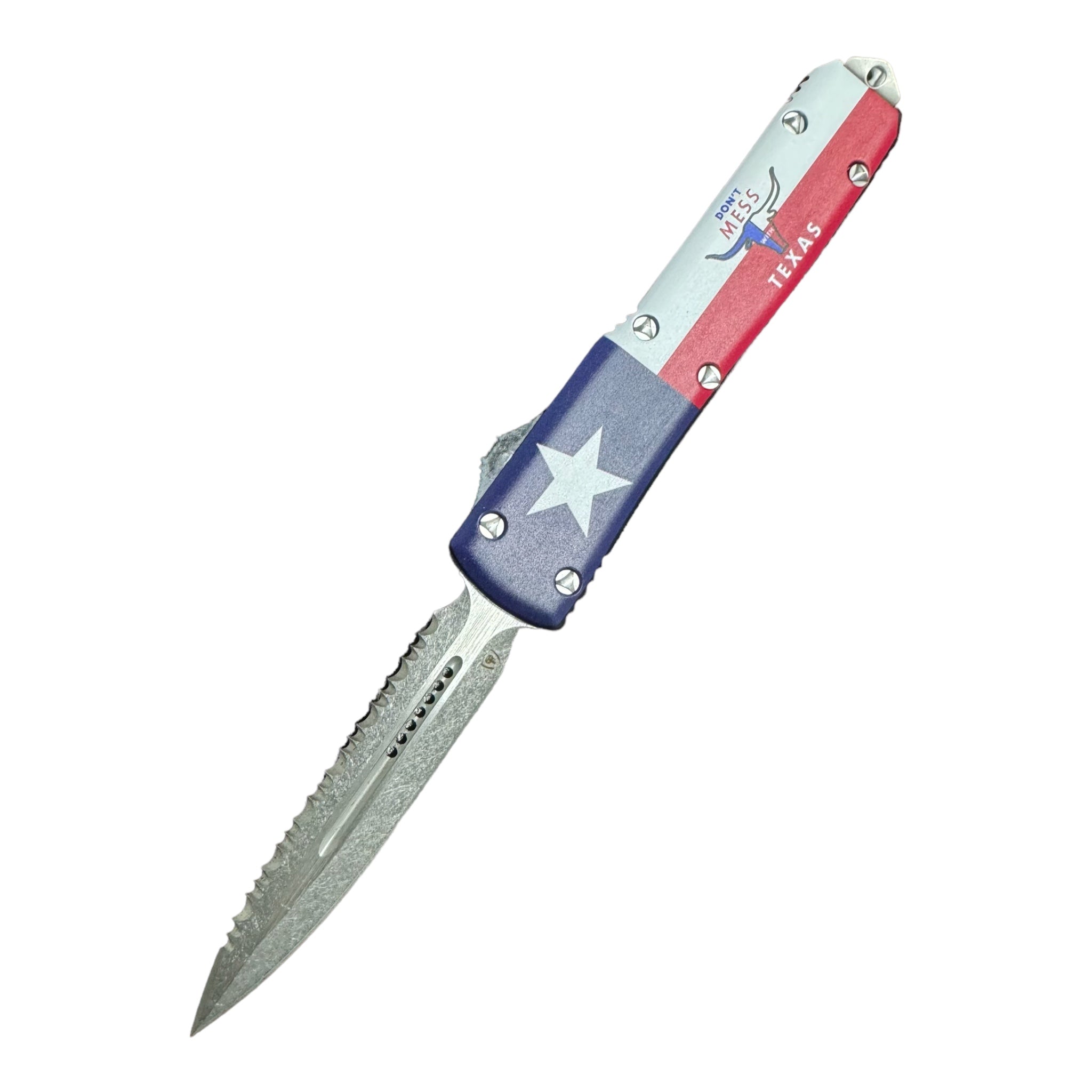 TEXAS COLLECTION
TEXAS COLLECTION STRYKER V2
STRYKER V2 STRYKER V1
STRYKER V1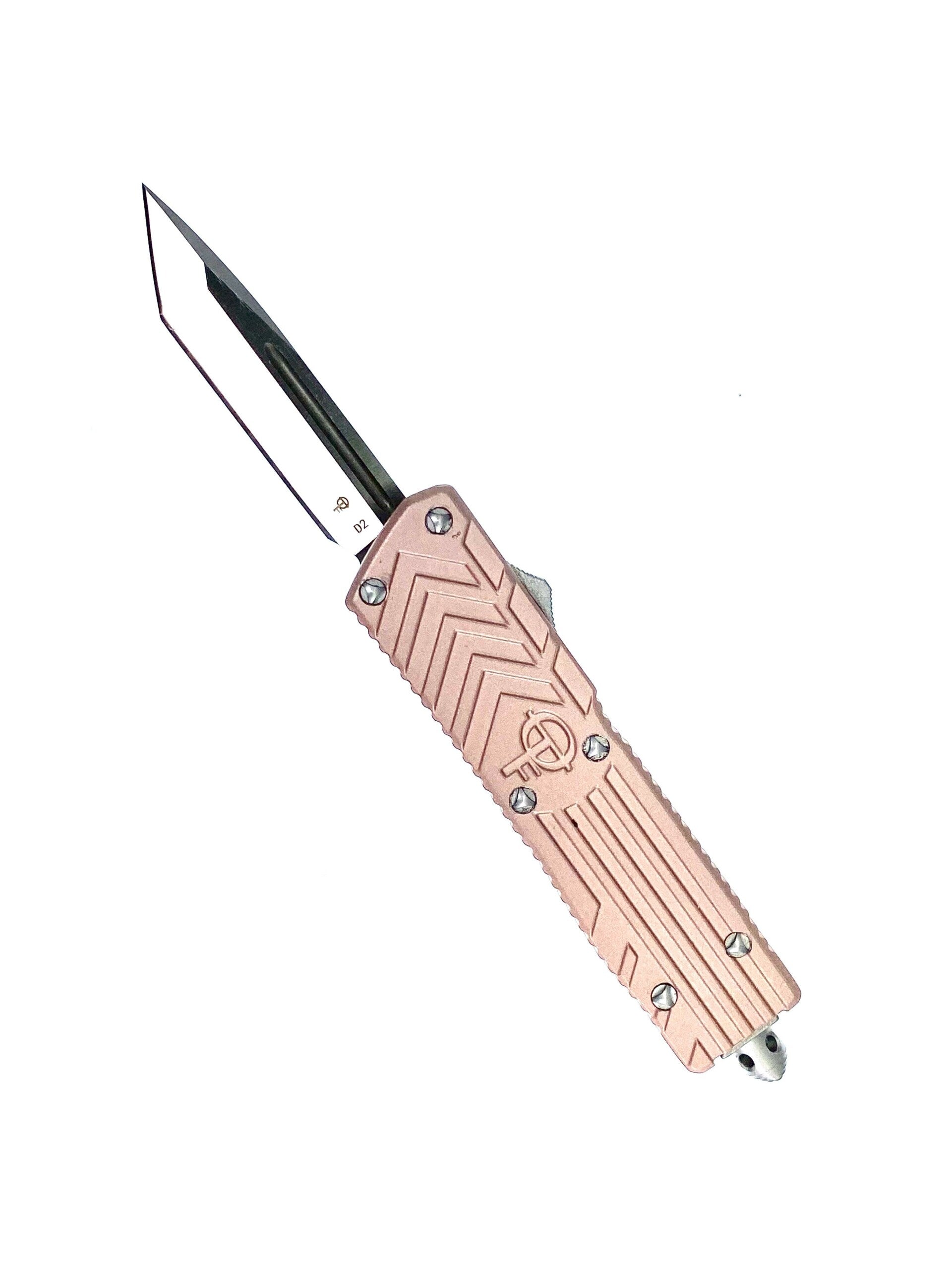 STRIKE FORCE GEN4
STRIKE FORCE GEN4 STRIKE FORCE GEN3
STRIKE FORCE GEN3 STINGERS
STINGERS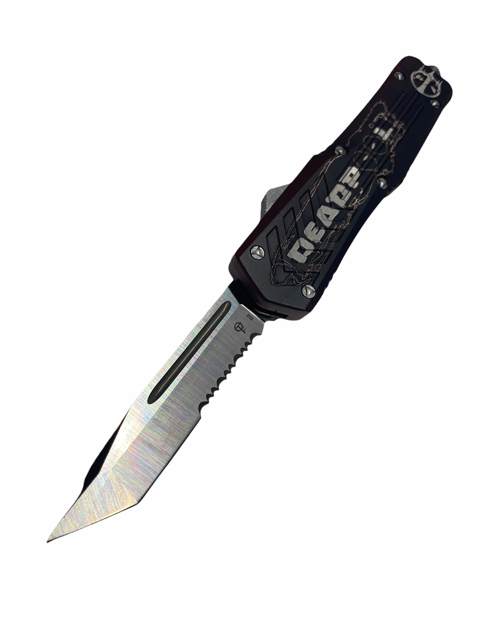 SPECIAL EDITIONS
SPECIAL EDITIONS SLIDEFIRE
SLIDEFIRE RANGERS
RANGERS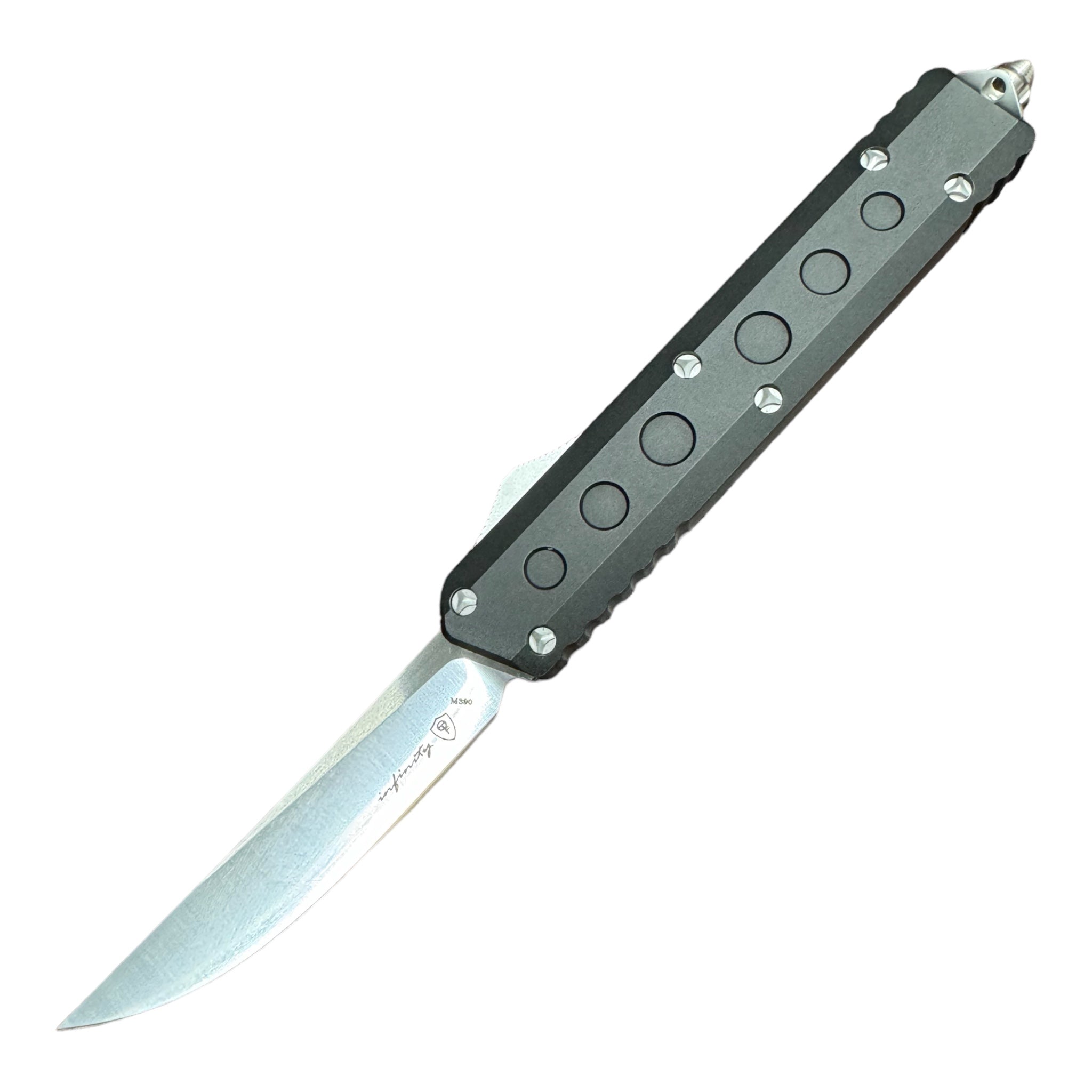 REAPER
REAPER MINI MICRO
MINI MICRO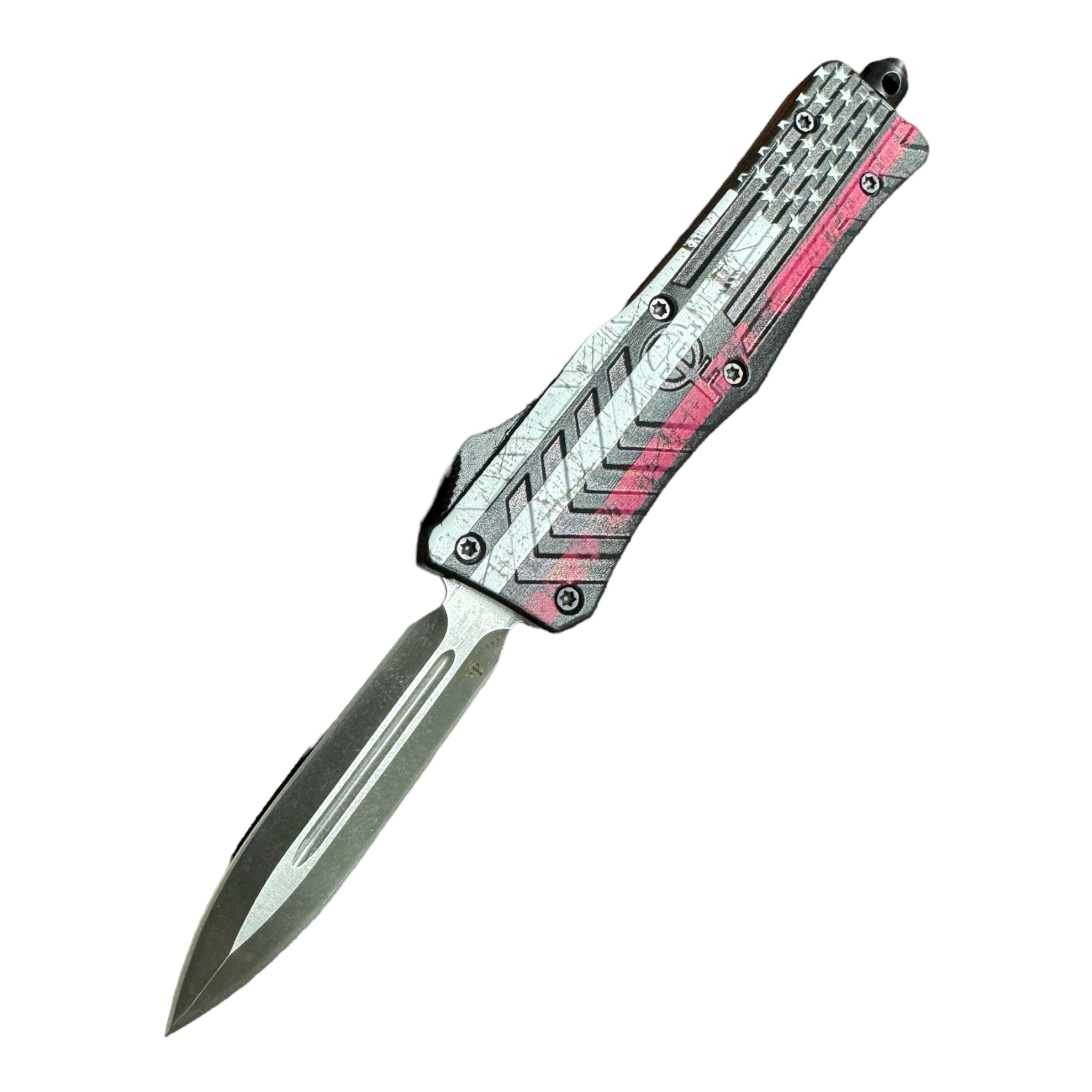 Redline | Blueline
Redline | Blueline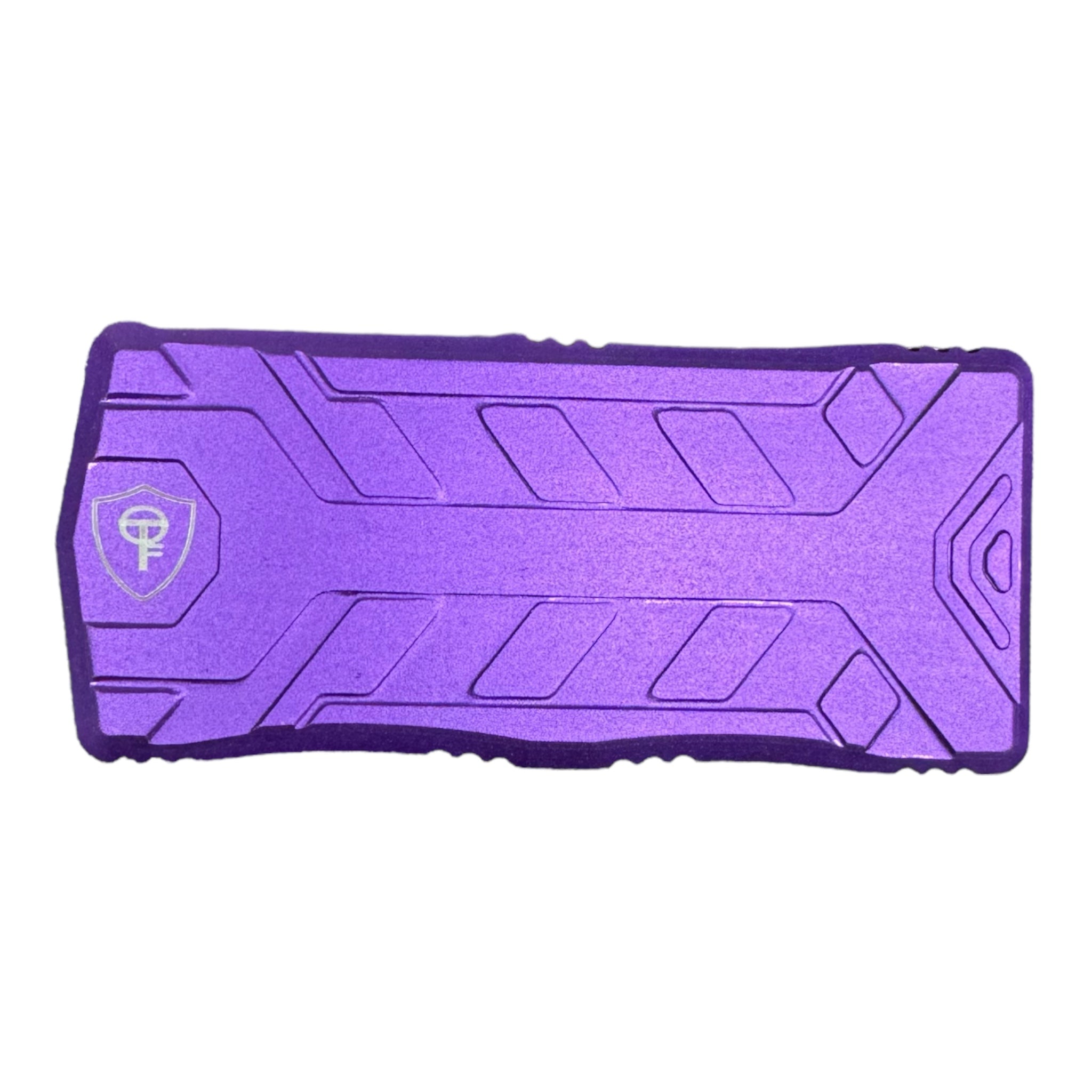 RAZOR
RAZOR PREDATOR
PREDATOR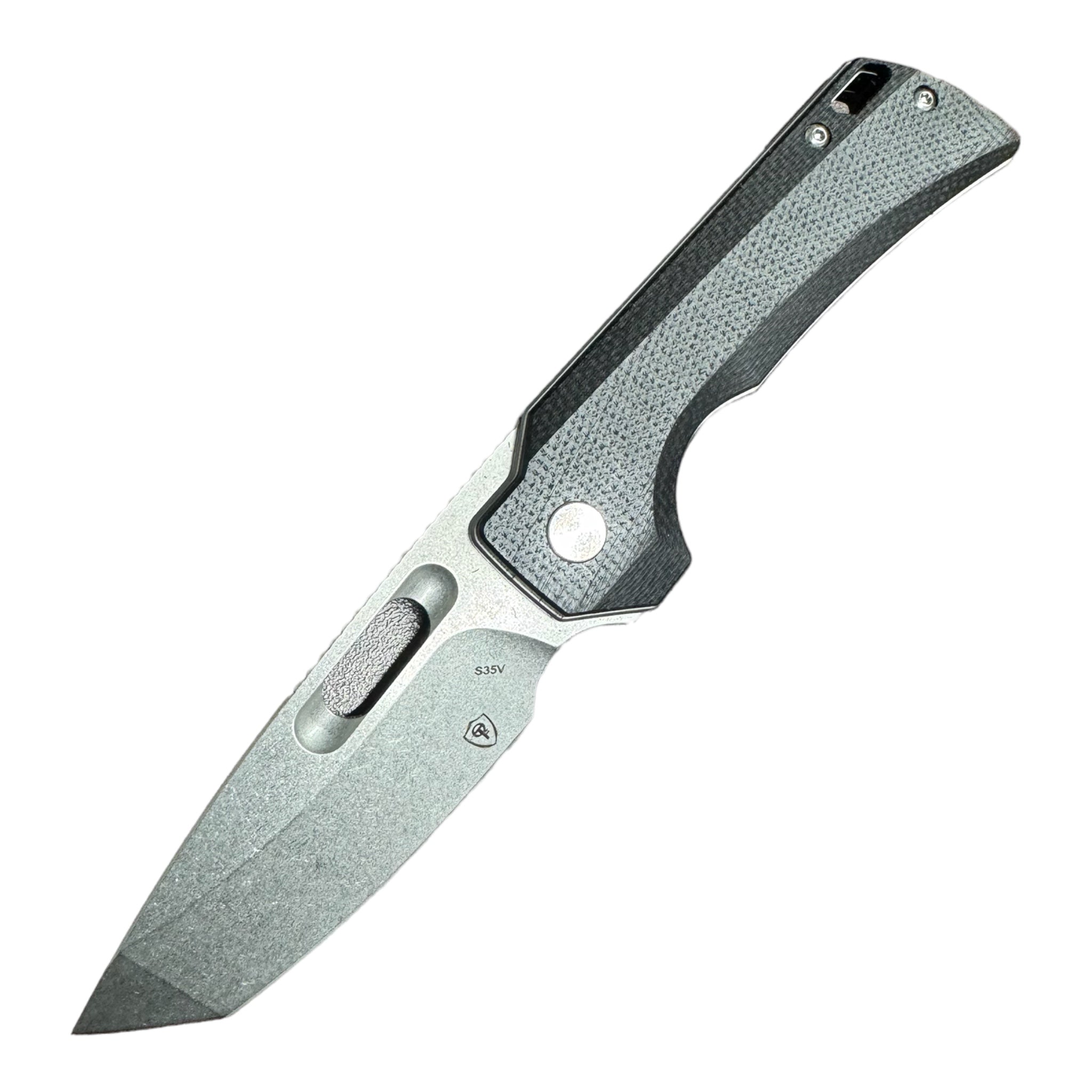 PREDATOR2
PREDATOR2 NOMADS
NOMADS NOMADICS
NOMADICS Mastodon
Mastodon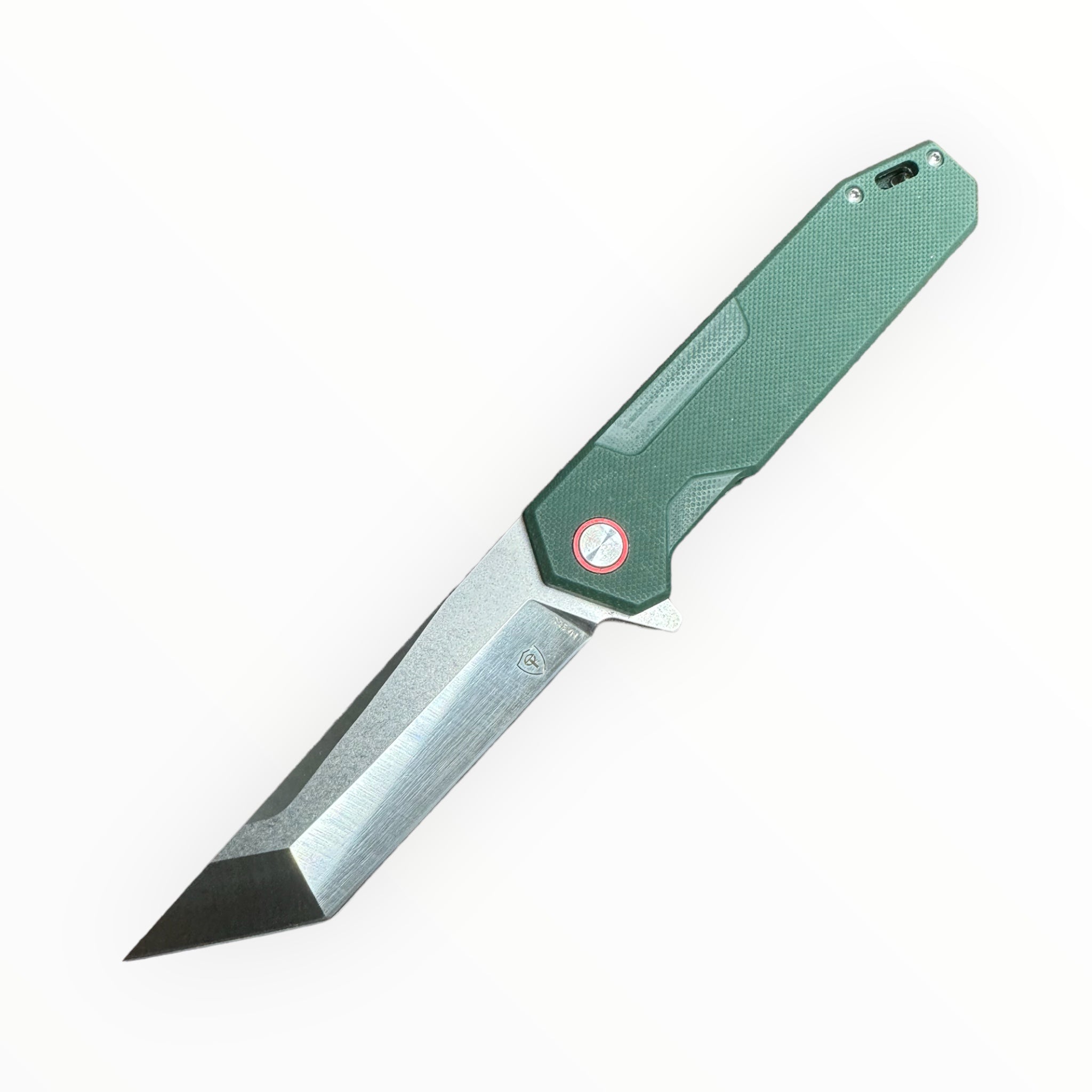 Terminator
Terminator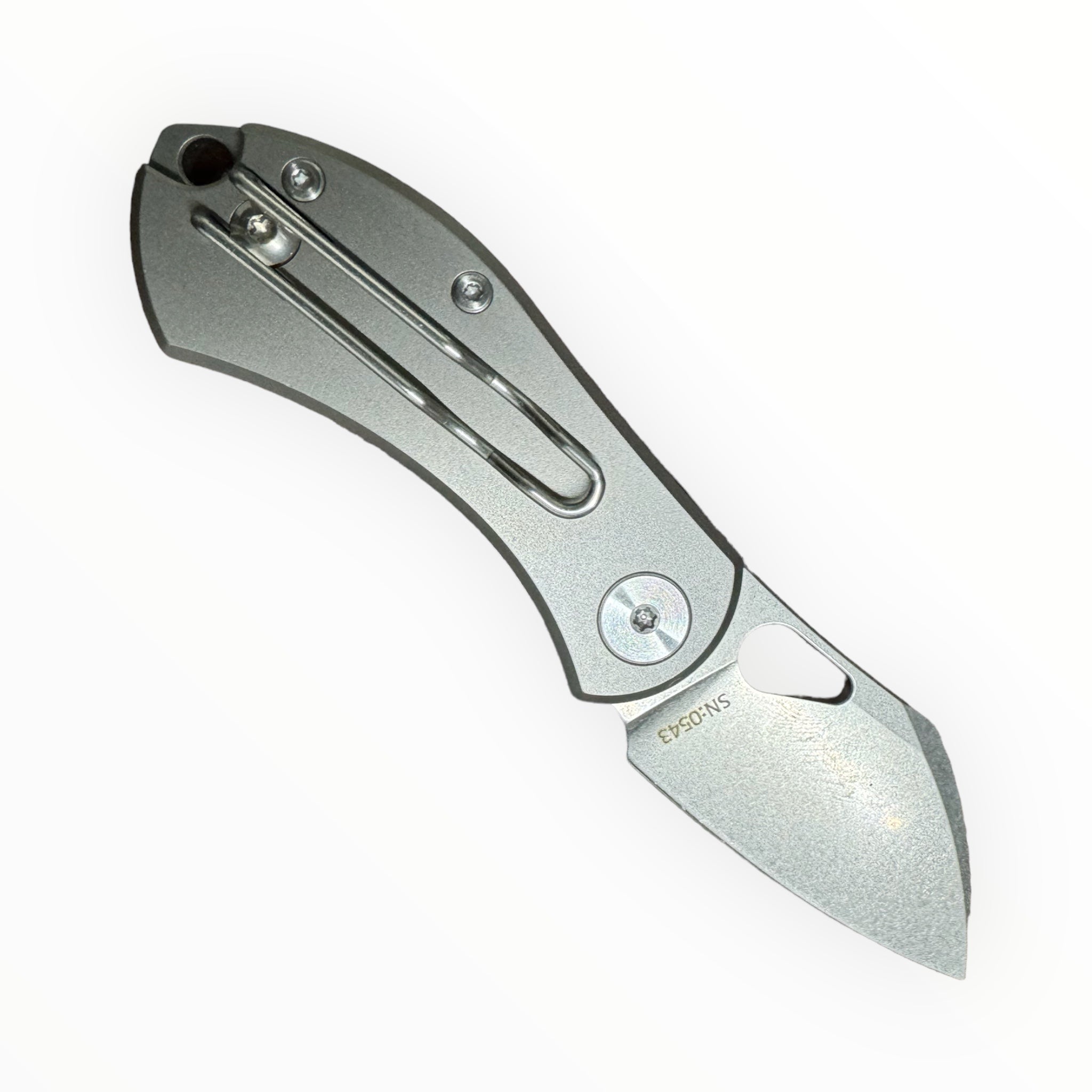 The MOUSE
The MOUSE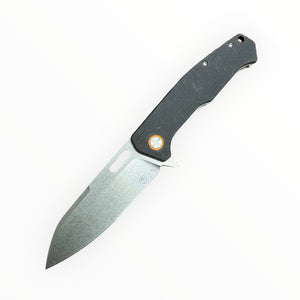 ORCA
ORCA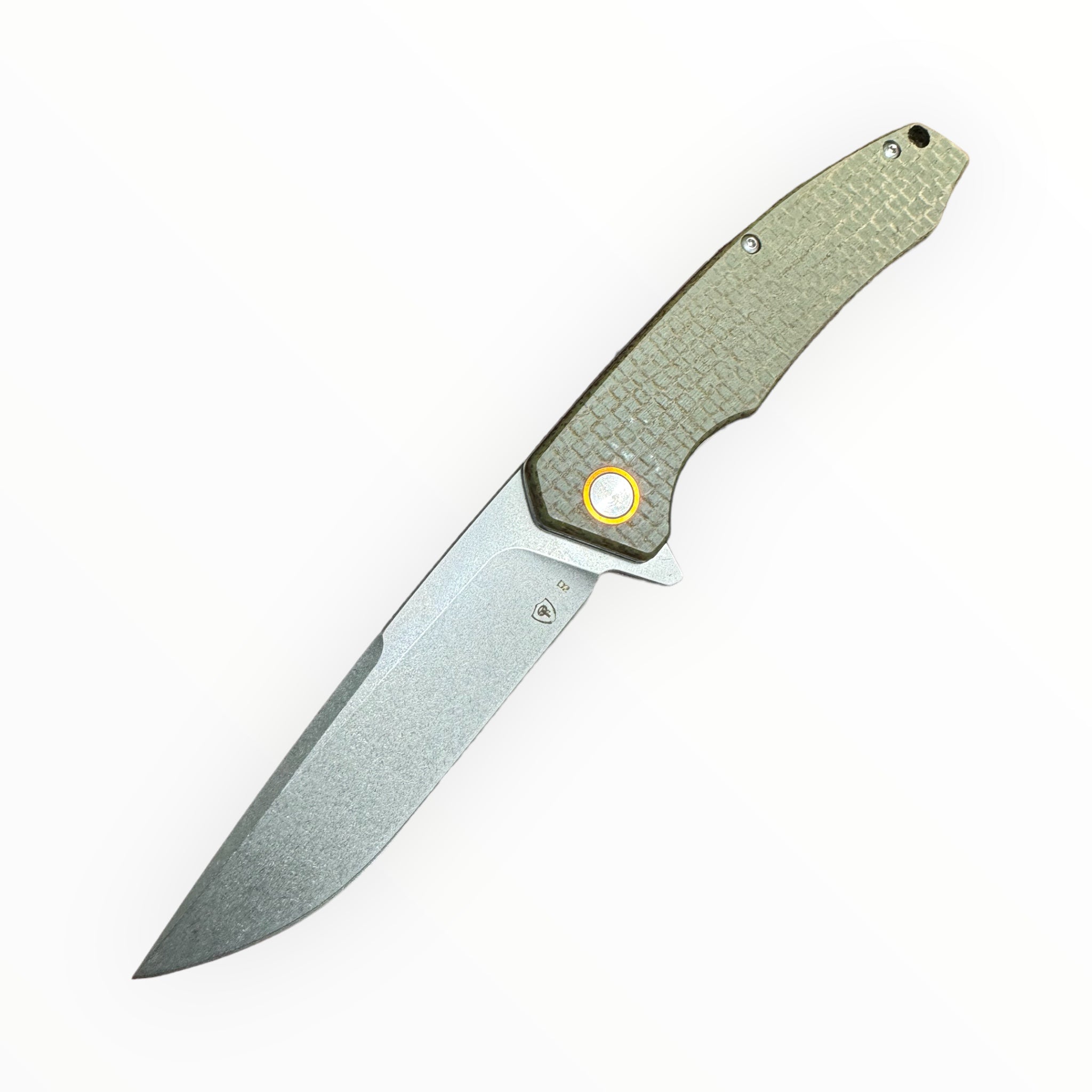 Eother
Eother Desert Shield
Desert Shield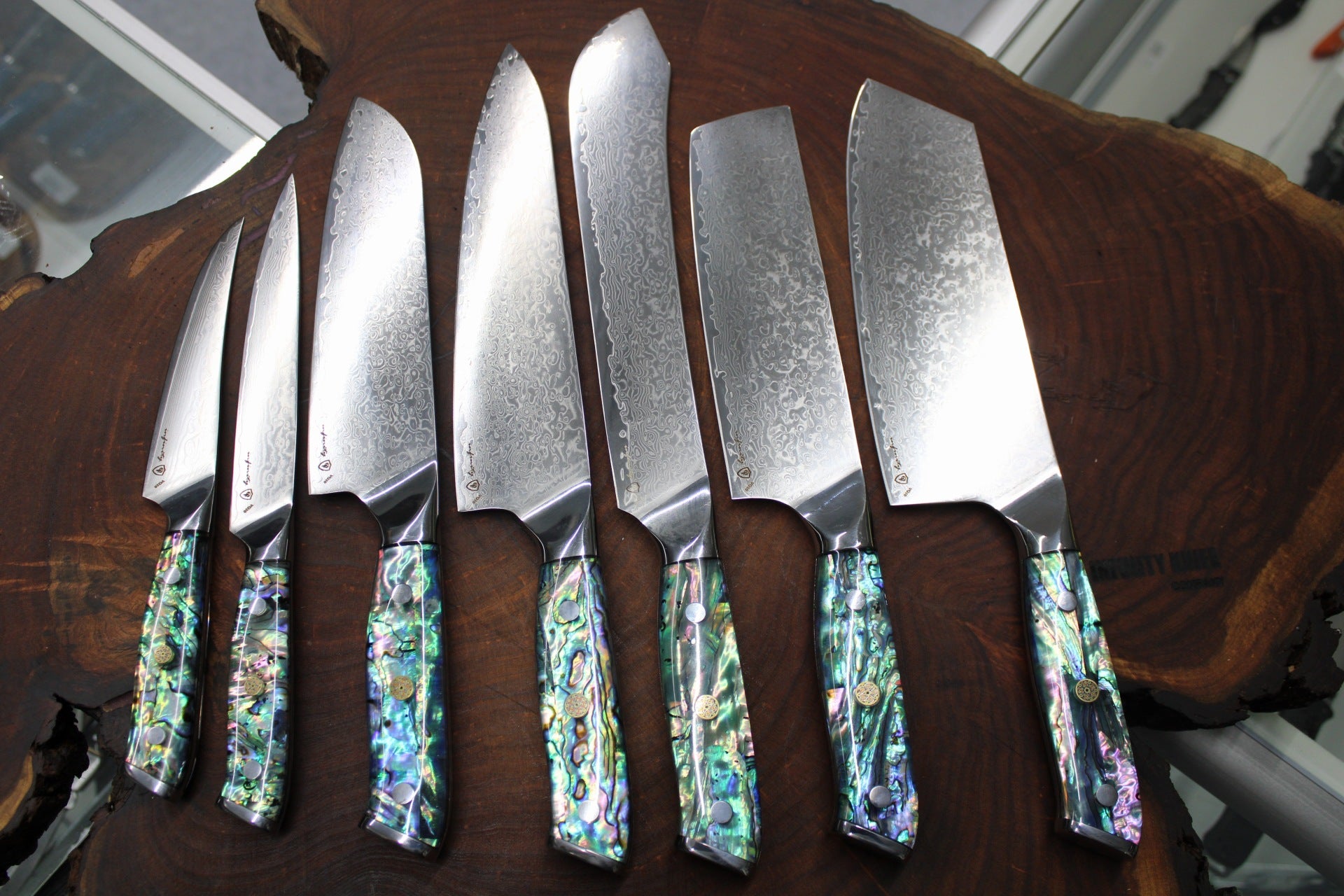 KITCHEN SETS
KITCHEN SETS CLEAVERS
CLEAVERS MINI CLEAVER
MINI CLEAVER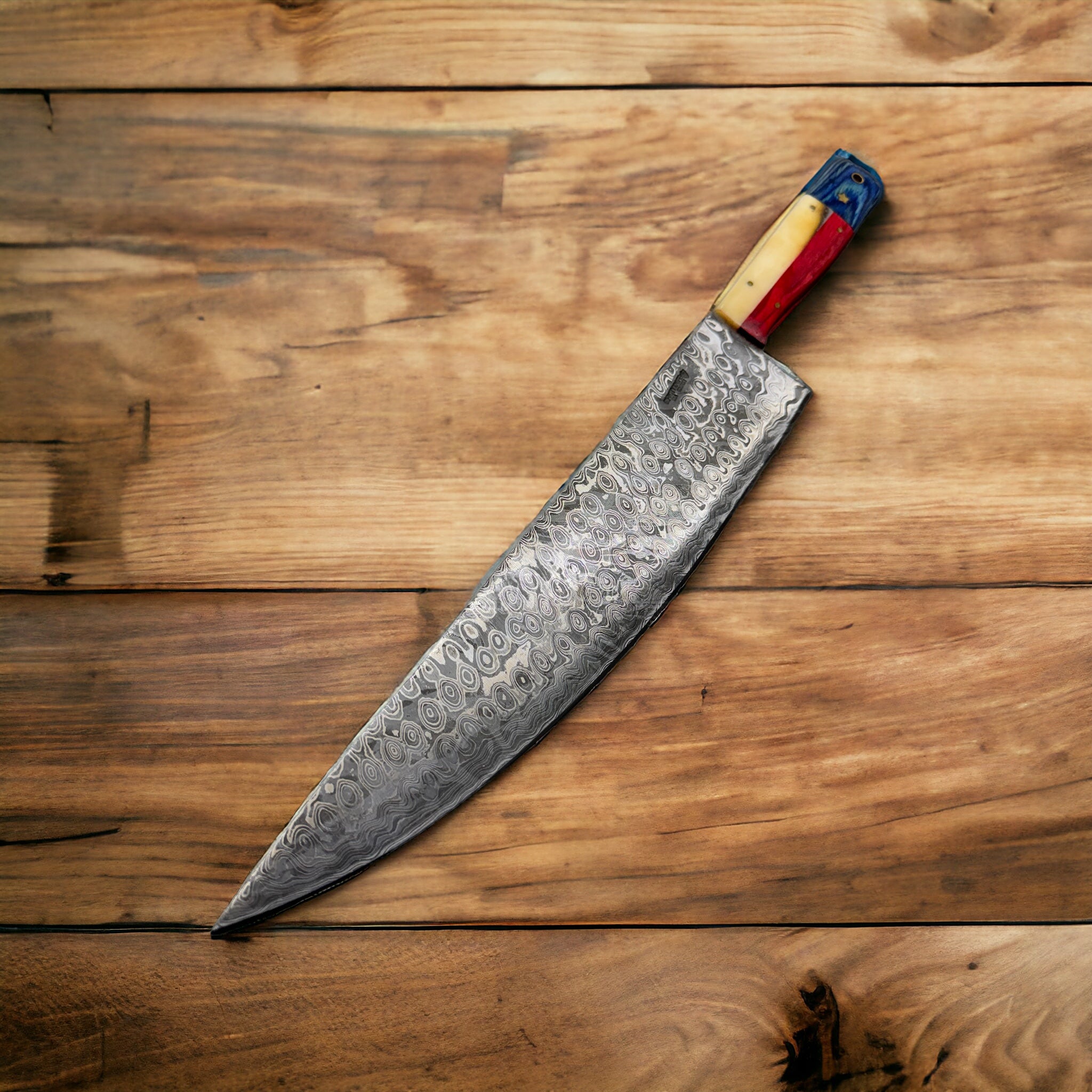 CHEF KNIFE
CHEF KNIFE FILLET KNIFE
FILLET KNIFE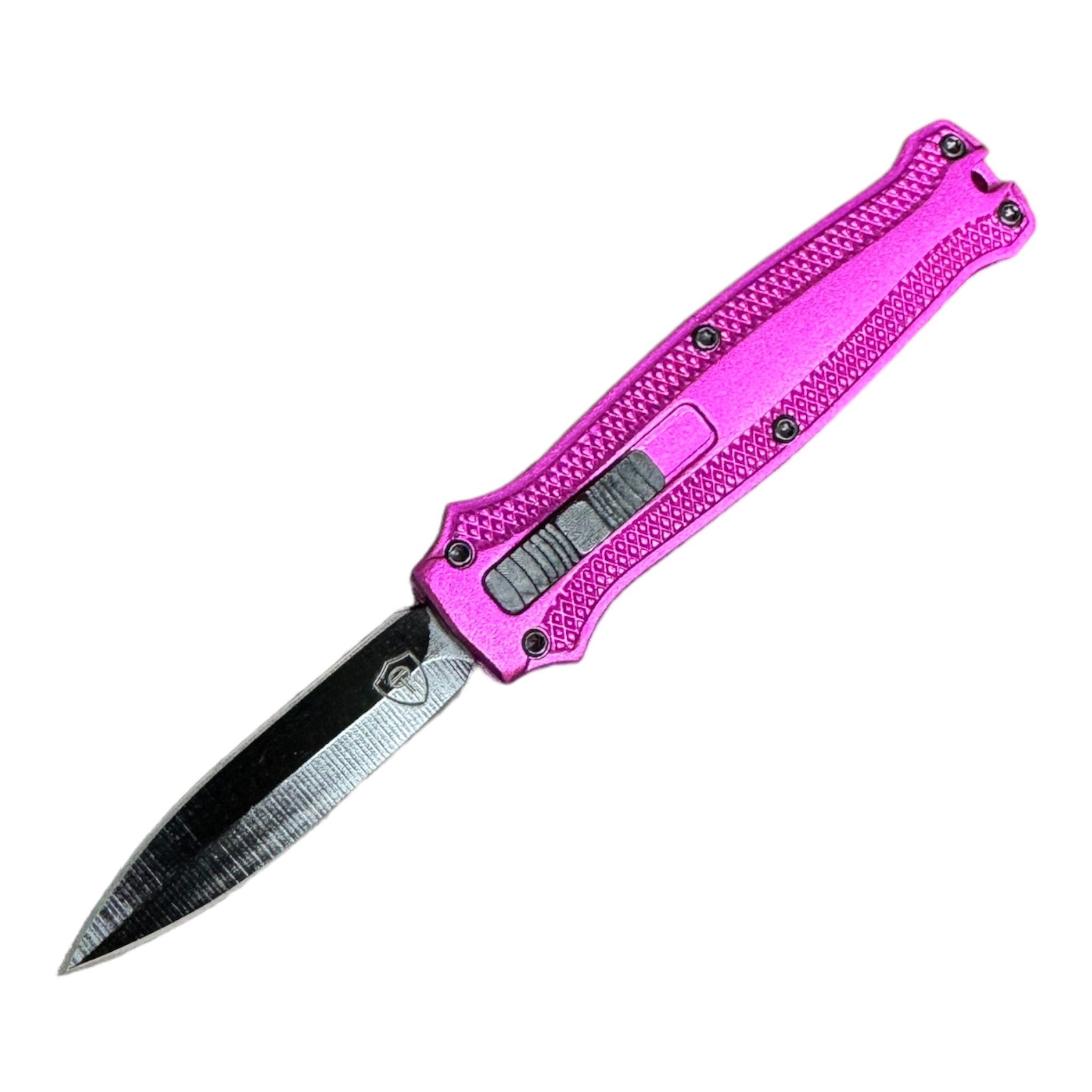 KNIVES UNDER $100
KNIVES UNDER $100 TEXAS CULINARY SET
TEXAS CULINARY SET TEXAS DAMASCUS
TEXAS DAMASCUS TEXAS D2
TEXAS D2 D2 FIXED BLADES
D2 FIXED BLADES DAMASCUS KNIVES
DAMASCUS KNIVES DAMASCUS ULU
DAMASCUS ULU LASER ENGRAVING
LASER ENGRAVING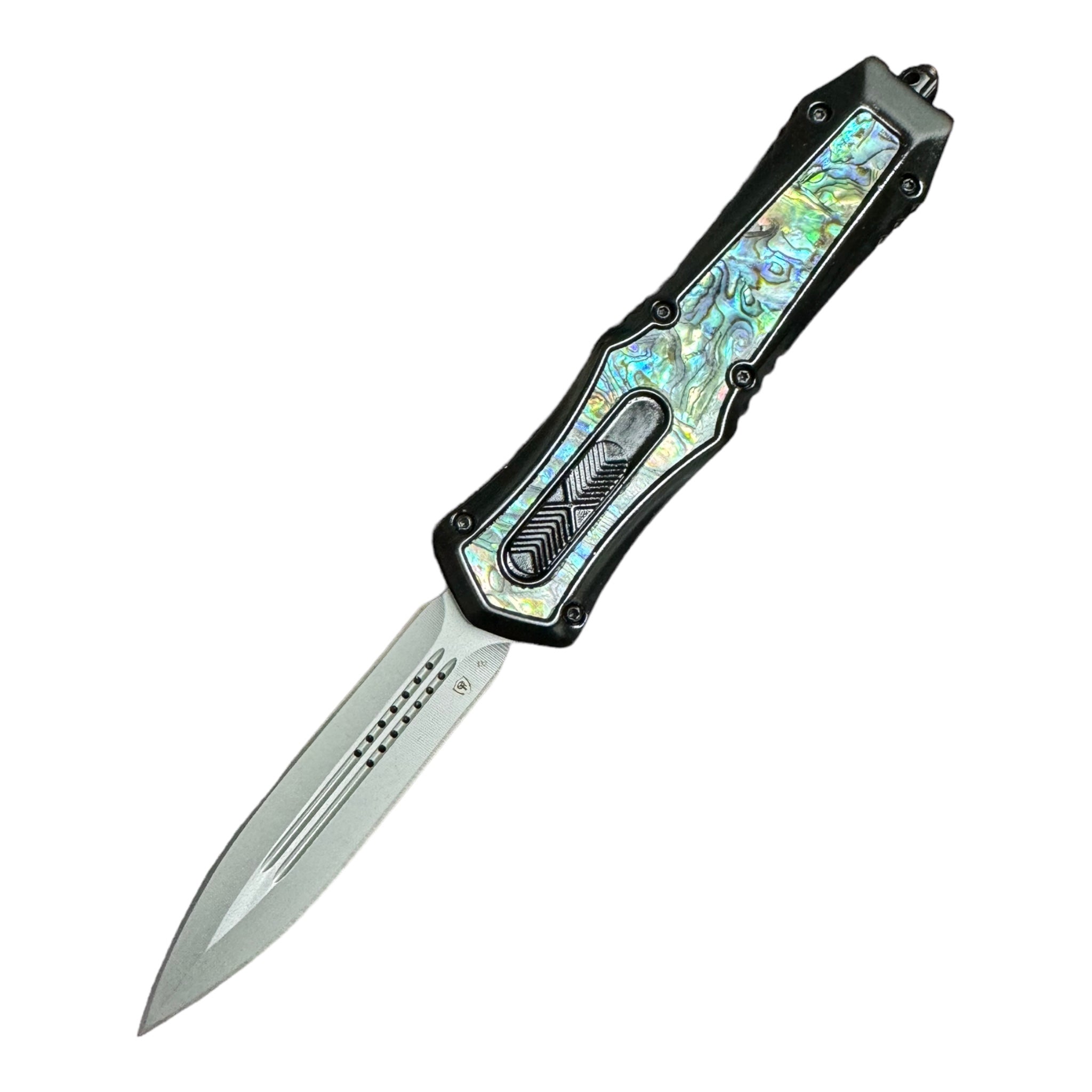 ALL TYPES KNIVES
ALL TYPES KNIVES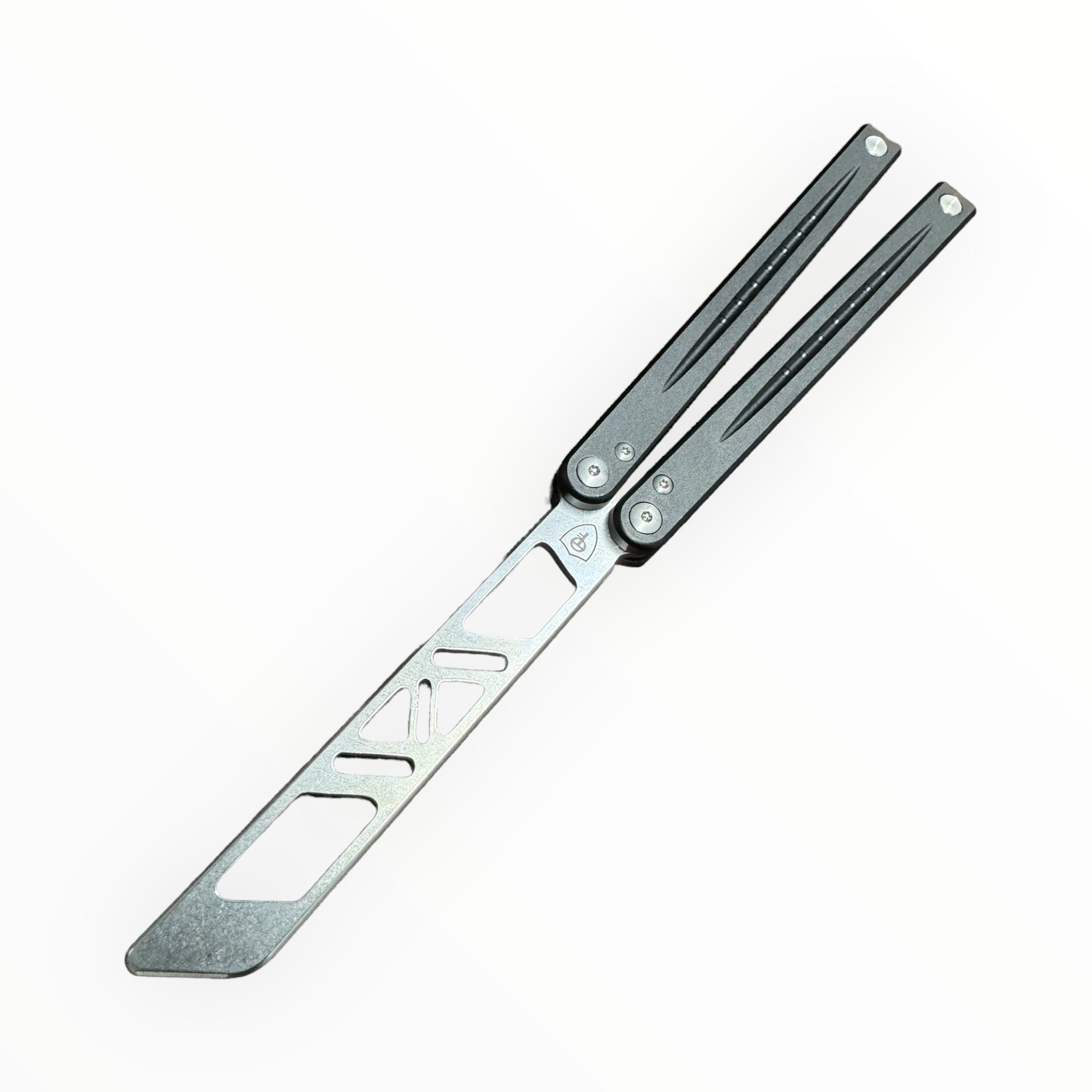 MONARCH BALISONG
MONARCH BALISONG BRISKET KNIFE D2
BRISKET KNIFE D2 DAMASCUS BRISKET KNIFE
DAMASCUS BRISKET KNIFE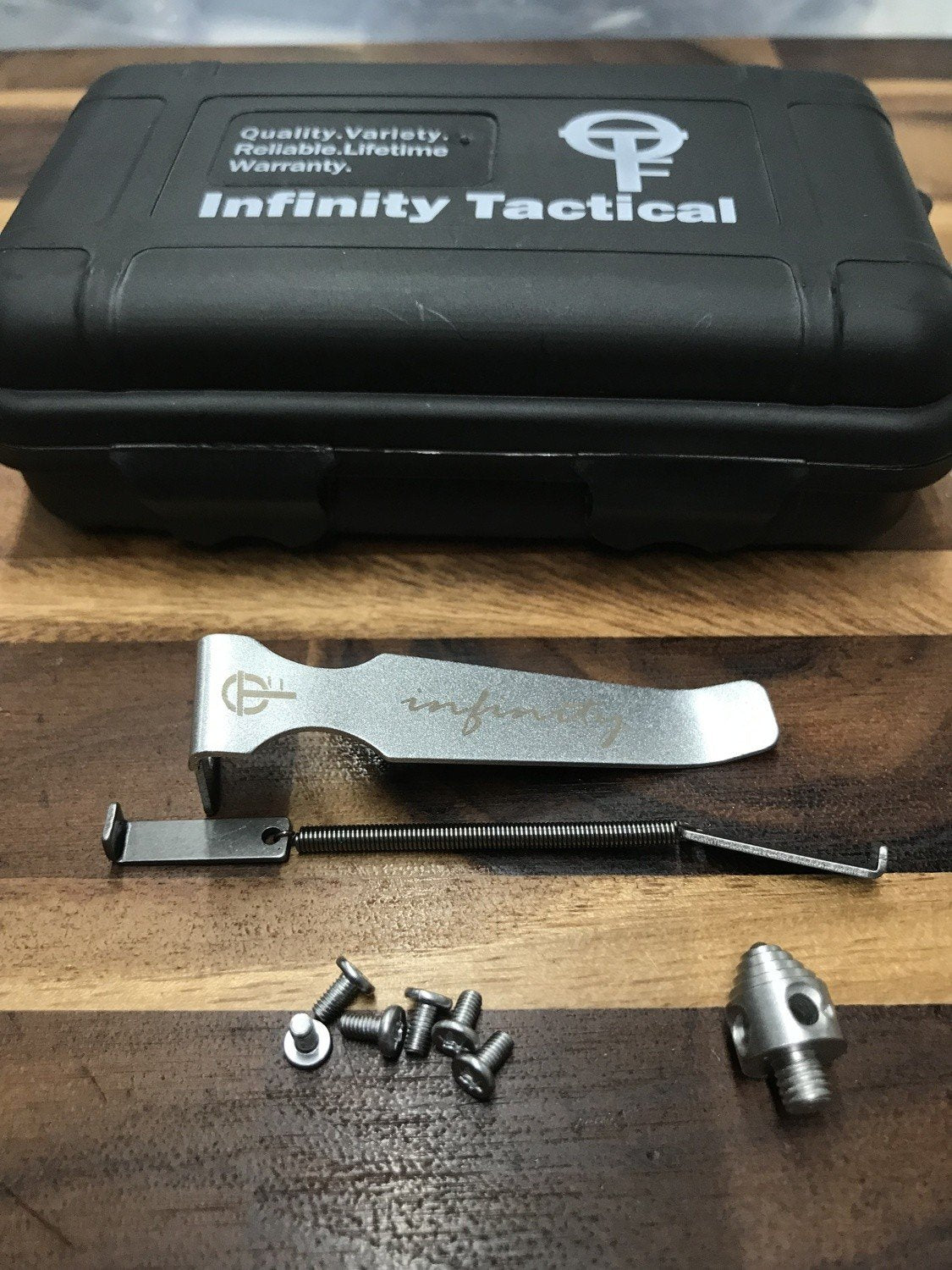 REPLACEMENT PARTS
REPLACEMENT PARTS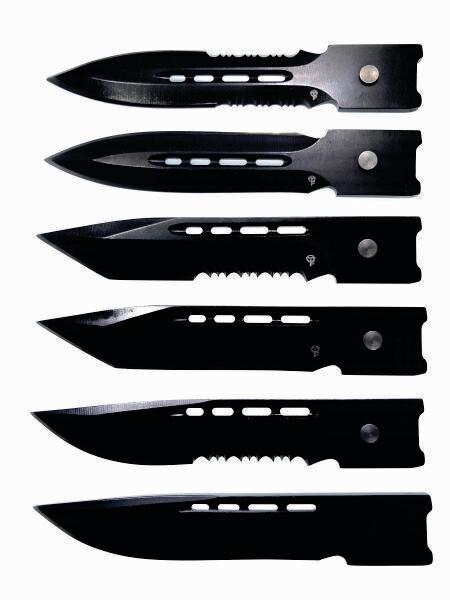 REPLACEMENT BLADES
REPLACEMENT BLADES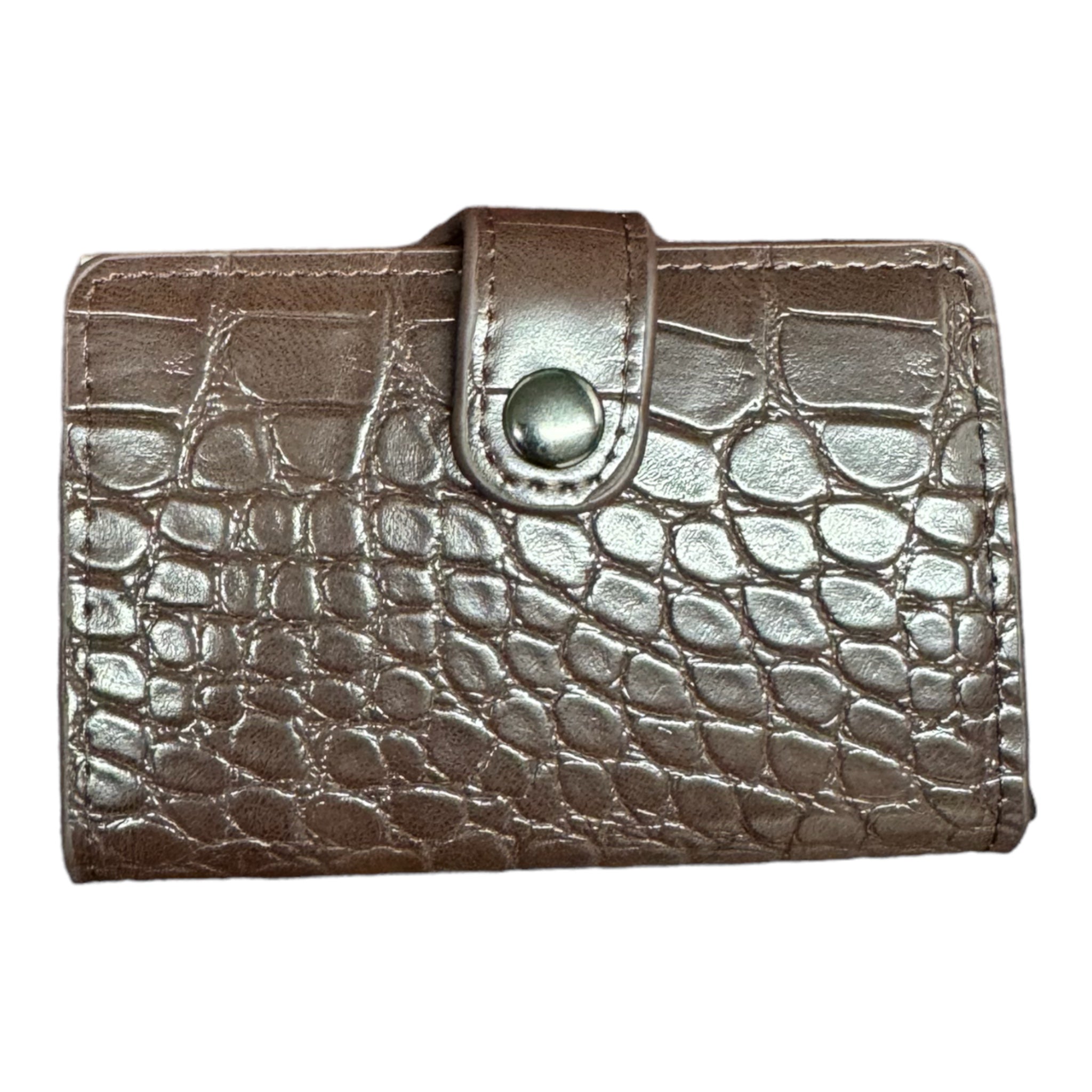 R.F.I.D. WALLET CARRIER
R.F.I.D. WALLET CARRIER RFID LEATHER WALLETS
RFID LEATHER WALLETS GATOR RFID WALLETS
GATOR RFID WALLETS